I'm trying to make a push-pull audio amplifier with a pair of power darlingtons (TIP142 and TIP147), but i'm having problems with the biasing.
Here's the diagram of one of its configurations:
Here i'm using 3 diodes, but I used different things in their place to try to get the correct biasing voltage.
With a biasing voltage lower than 2.2 V (between the bases of the transistors) it has crossover distortion, because there'll be small parts of the signal where none are conducting.
With 2.2 V or more, both are always conducting and there's no more distortion, but there's a problem: The current flowing between them quickly escalates as they heat up until they take on fire (being that the starting current isn't even that great and they're on a very large heatsink, the heatsink doesn't even have time to heat, so fast this happens). They're only stable with biasing voltages lower than 2.1 V, where there's distortion.
The only components heating up here are the output transistors, i've cheked and none of the resistors or diodes are heating up.
I've checked if a negative feedback could help, but it didn't, because the voltage in the output doesn't change as the current flowing through them escalates (both are conducting more and more but equally, just like if someone where increasing the biasing voltage).
Also, if you note on the base of the transistor driving the TIP's, you'll notice a 47k potentiometer I use to make sure both will be conducting equally when there's no signal (so the output will rest at 0 V).
But somewhy, this is exactly the point where there's more distortion. If I make one of them conducting a little bit more than the other (in a way the output will not rest at 0V but in something like 1.2 V) then there'll be no or less distortion.
In the simulations in MultiSim none of this problems occur, it shows no distortion when it's properly biased, but in reality I have either distortion or a very great instability.
I know I could put two resistors between their emmiters to limit current, but the load (my speaker) is 4 ohms, even 1 ohm resistors would create a great loss.
So, can anyone help me?
Thanks!


